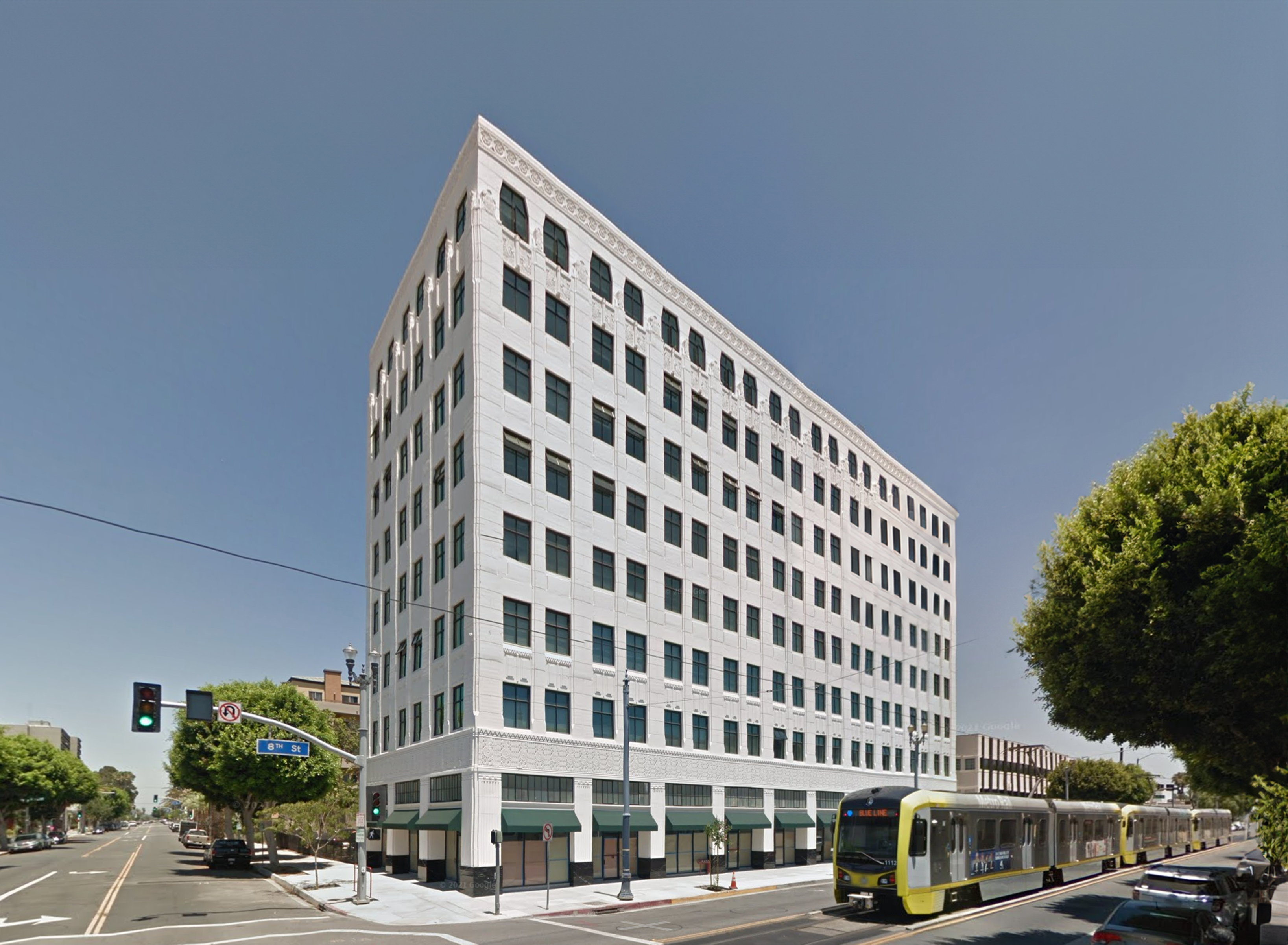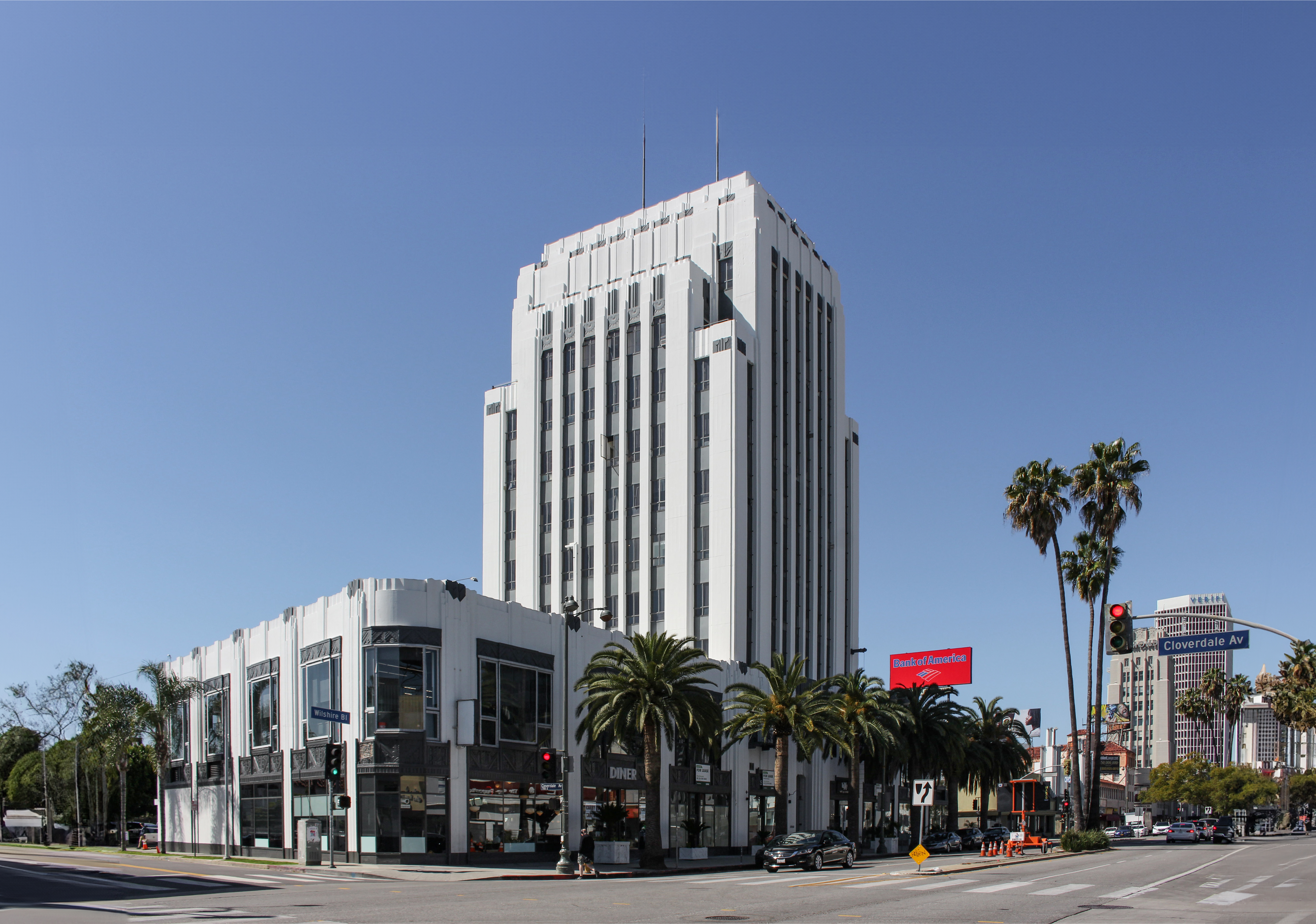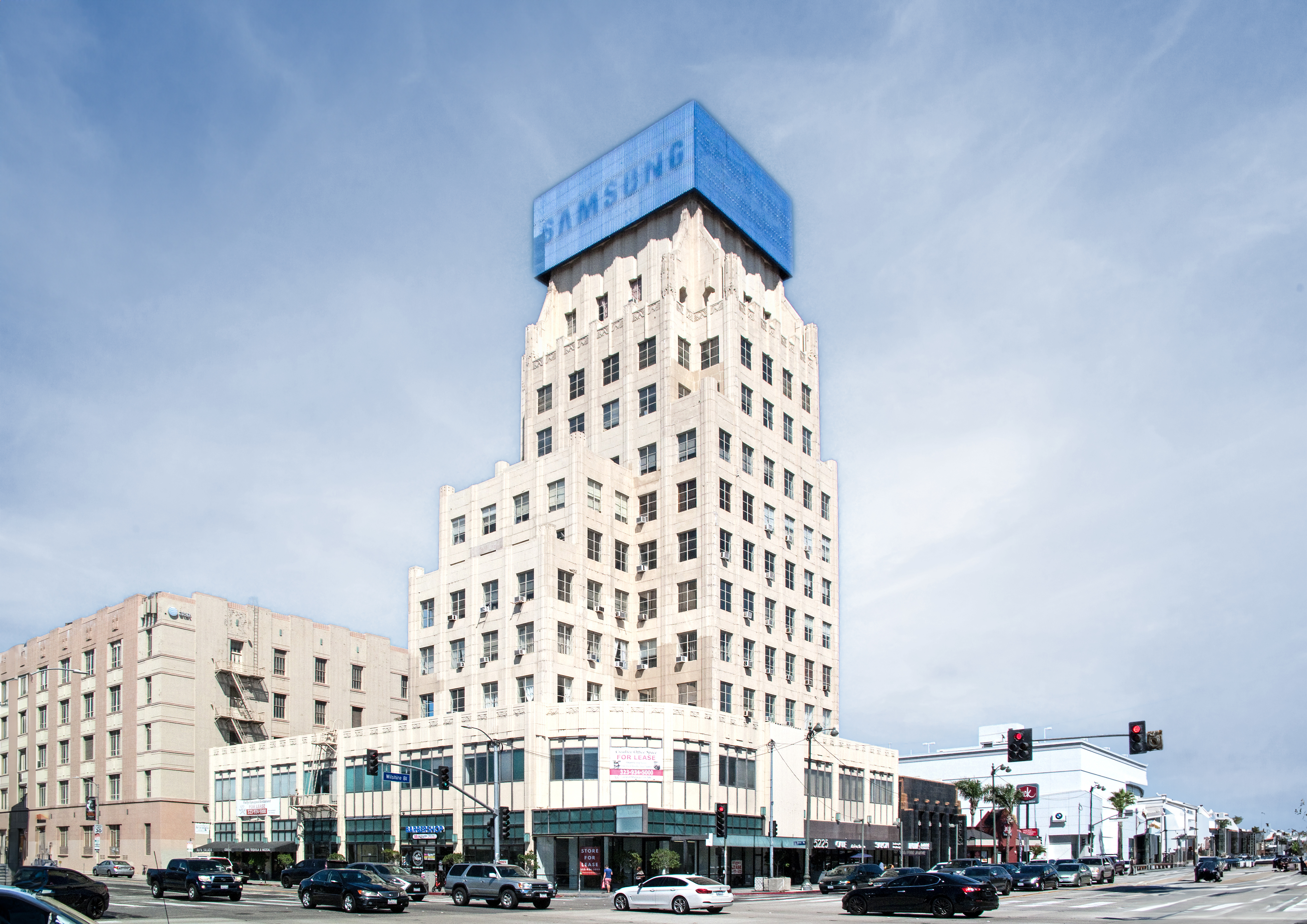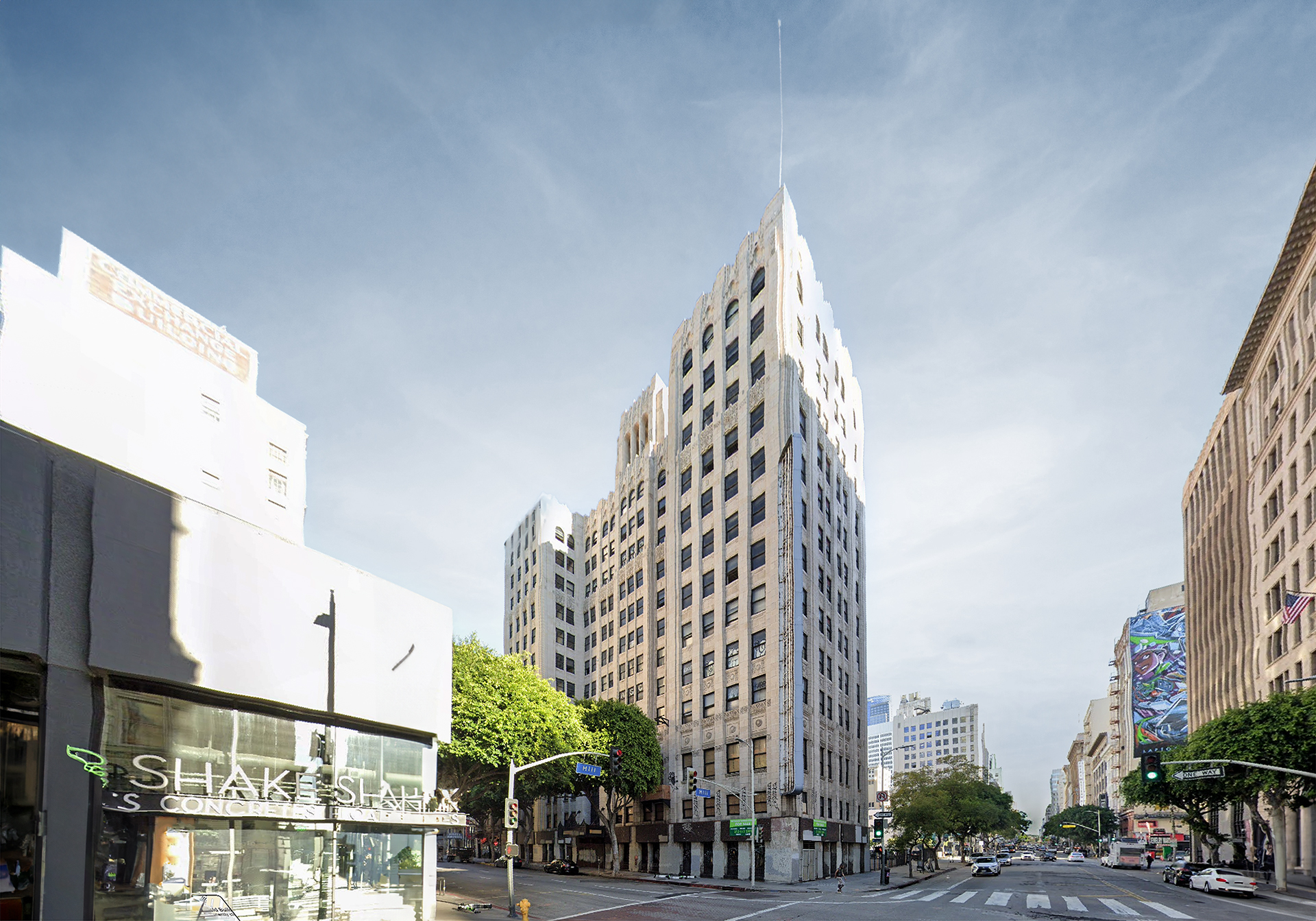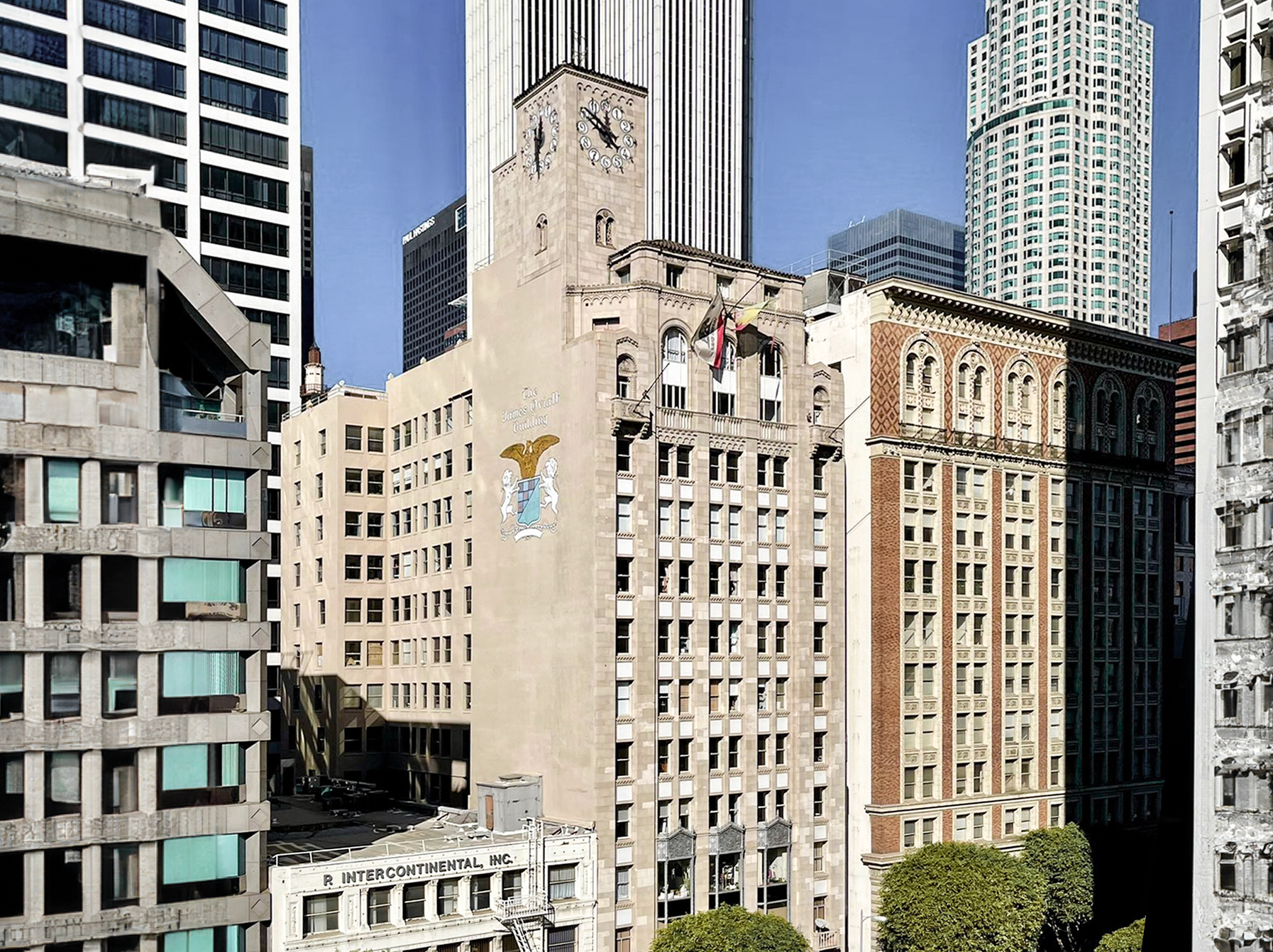The Long Beach Professional Building is an Art-deco skyscraper designed by William Douglas Lee and built between 1929 and 1929 in Los Angeles, CA.
Long Beach Professional Building is not the only name you might know this building by though. The building is, or has also been known as Regency Palms Long Beach.
Its precise street address is 117 E. 8th Street, Los Angeles, CA. You can also find it on the map here.
The Long Beach Professional Building is a structure of significant importance both for the city of Los Angeles and the United States as a nation. The building embodies the distinctive characteristic features of the time in which it was built and the Art Deco style. Because of that, the Long Beach Professional Building was officially included in the National Register of Historic Places on June 20th 2005, and was also included in the Los Angeles Register of Historic Places in 1988.
The building has been restored 2 times over the years to ensure its conservation and adaptation to the pass of time. The main restoration works happened in 1962 and 2018.
